7. Inherent Vice (2014)
Genres: Noir, Screwball comedy

Inherent Vice is another P.T. Anderson film on this list and like Punch-Drunk Love, it is equally wild and hard to pin down. Anderson is the first filmmaker to take on an adaptation of Thomas Pynchon, a writer notorious for confounding readers with a large array of characters, multiple intertwining subplots that jump back and forth and an overall ‘hazy’ approach to storytelling that somehow is still enthralling. In terms of translating the feeling of reading Pynchon on screen, Anderson did a great job. His film is an extremely hard to follow, neon-lit film noir mixed with an absurdist screwball comedy.
The fingerprints of iconic 40s film noirs like Double Indemnity, Touch of Evil and Kiss Me Deadly are all over this film, but most evidently is the influence of The Big Sleep. Like Howard Hawks, Anderson is not obsessing over every detail and connection in Pynchon’s story but rather focussing on the mood it gives you. That mood is paranoia. In this way, the film reflects a time and place- 1970s America.
The world of Inherent Vice is not the glorious 50s and 60s. The Manson murders shook the country, Nixon’s second term just began and in a few years the Watergate scandal would break out. The paranoia that Joaquin Phoenix’s ‘Doc’ Sportello has is the same feeling everyone in America had at the time, and Anderson reflects this beautifully. He and Shasta (Katherine Waterston) long for a time of happiness gone away, revealed in a brilliant flashback montage set to the Neil Young song ‘Journey Through the Past’.
The film doesn’t take itself too seriously however, and is filled with manic acts of insane comedy, bordering on parodying the noir genre. There are shades of screwball films What’s Up, Doc? and It Happened One Night, and at time Phoenix’s performance is even on the level of Charlie Chaplin’s physical comedy. All in all, Inherent Vice is an elusive film that combines paranoia with laughs that won’t leave your mind.
6. The Killing of a Sacred Deer (2017)
Genres: Horror, Greek tragedy, Dark comedy

Yorgos Lanthimos is widely regarded as an audacious new voice in international cinema. Breaking out with Dogtooth, he then gave us Alps and The Lobster, and now his most unsettling work The Killing of a Sacred Deer. This film, like Aronofsky’s mother! works entirely on an allegorical level. It’s seemingly about a surgeon named Steven whose family falls under a curse caused by the actions of Martin, a sinister revenge-seeking teenager.
It is in fact explore complex themes about morality, sexuality and vengeance. It is soaked in existential dread; not in a post-modernist, New Wave way but more in line with Kubrick or Haneke. The film is, in essence, a retelling of the Ancient Greek tragedy Iphigenia at Aulis by Euripides, but in Lanthimos’ detached, off-kilter tone.
His arthouse sensibilities and back humar permeates the the film, creating an uncomfortable experience as you watch this family go through hell. The mythological overtones only add to the themes it’s working with. Lanthimos seems to question the role of morality in life, and thus the the role of justice.
From different perspectives good and evil may be skewered, and if that’s the case then whose to decide how justice is given out. If man can’t, then is it up to God? When people perform sexual acts, does it inherently dehumanize them? And, how do young girls deal with the wildness of their teenage years? The last question is based around the Kim character (Raffey Cassidy), and her feeling towards Martin.
5. The Lure (2015)
Genres: Horror fairy tale, Musical-comedy-romance
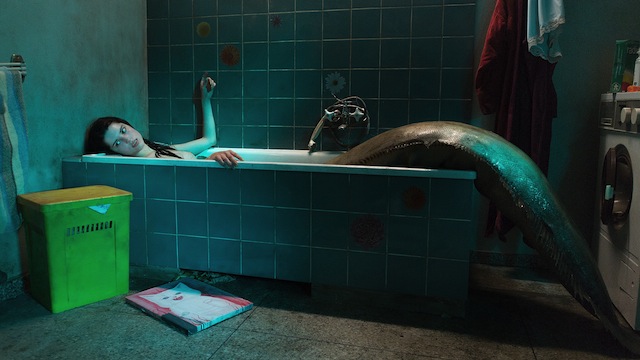
Agnieszka Smoczyńska combines gorgeously choreographed romantic ballad dance sequences with Gothic blood and gore in this Polish film about two mermaids roaming the world of men. One falls in love, the other can’t stop eating humans. It’s based on the original The Little Mermaid fairy tale by Hans Christian Anderson.
On one hand, there’s musical numbers with the colour and vigour of Grease and Mamma Mia! On the other hand, the horror is exquisite and satisfyingly gory. Its synth-fueld soundtrack carries the tale of sisterhood as the two mermaids part ways and their sexuality is expressed in opposing ways. One is tender while the other violent. The zany mash-up quality of this film may not please all viewers, but it’s worth a watch to decide for yourself whether it’s ground-breaking, or just plain stupid.
4. Gone Girl (2014)
Genres: Crime-mystery, Satire, Dark comedy
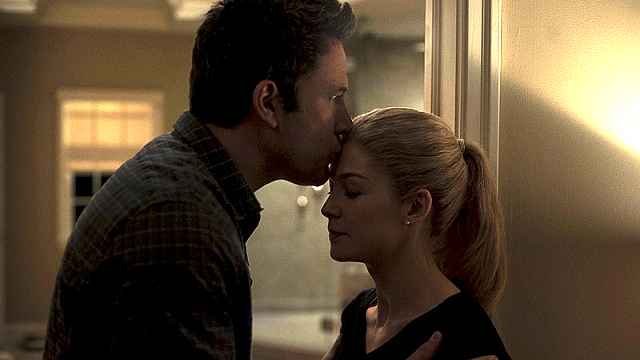
David Fincher is a modern day master of the crime-mystery. With films like Seven, Zodiac and The Girl With the Dragon Tattoo remake under his belt, his most recent film blends this familiar genre with genres he’s worked with on other projects. Gone Girl starts like a serious mystery (and it is). It engrosses you in the mechanics and plot, but half way through, with a twist I won’t spoil, changes completely.
Fincher unravels the mystery to us by breaking the forth wall and revealing an unreliable narrator, and then on the film becomes a satire- on marriage, relationships, gender roles, economics and the media. With a focus on human behaviour in specific situations, Fincher lets the audience see the issues in society. By the third act, the plot becomes so ridiculous that it borders on farce. Some people may feel uncomfortable to laugh at the dark subject matter, but that’s exactly what we are meant to do. The social commentary in Gone Girl rivals Fincher’s previous endeavour in the cult film Fight Club.
3. Holy Motors (2012)
Genres: Every genre…
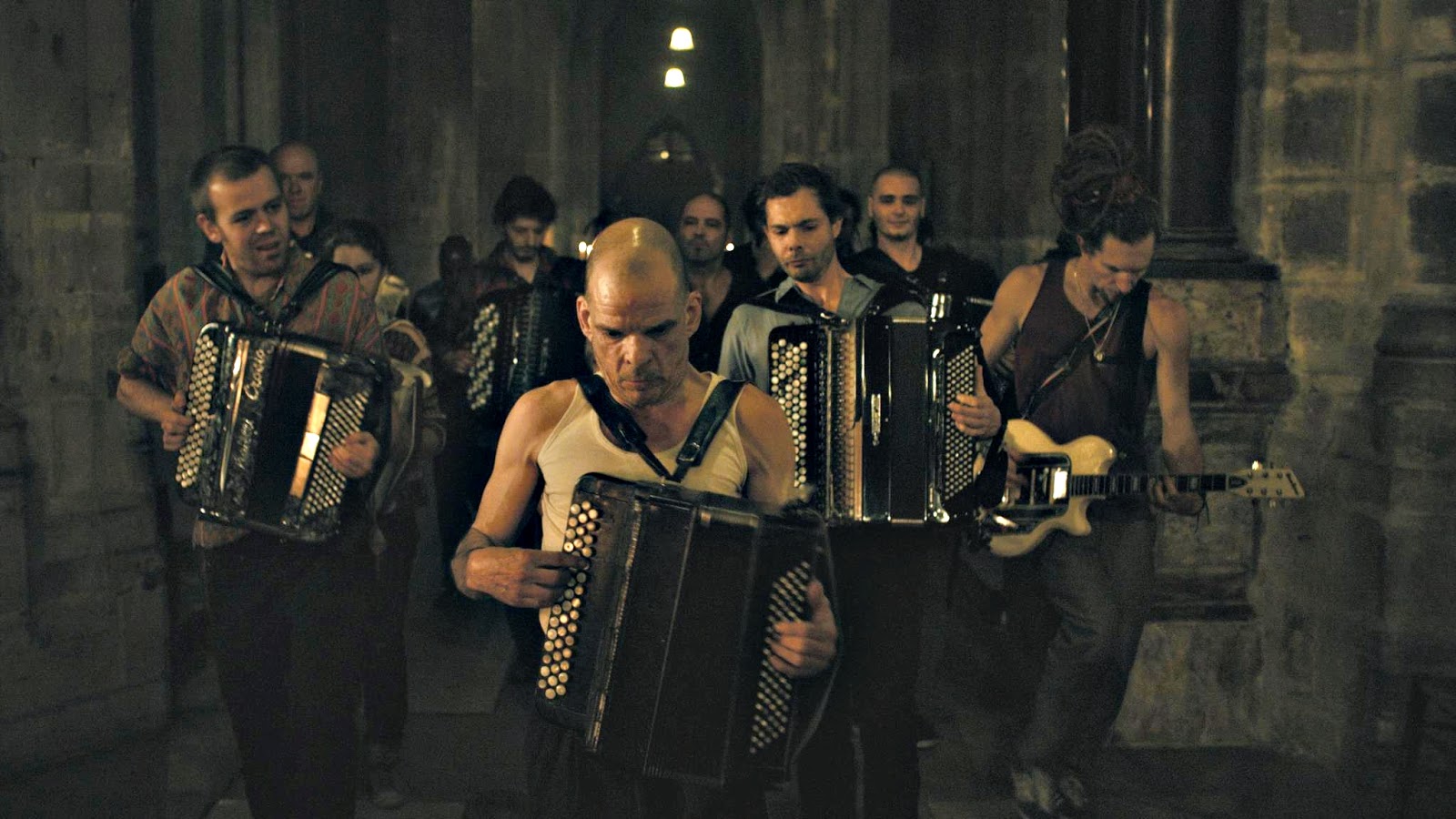
Holy Motors is a film that defies logic on all levels. It follows a Monsieur Oscar (Denis Lavant) from dusk to dawn, as he assumes different personalities and passes through bizarre situations. The film switches from genre to genre, tone to tone from each situation to the next. Nothing really connects, yet it all flows together. And I’m not kidding when I say every genre is incorporated in here, just with a sheen of surrealism over it.
It can be that Holy Motors takes us on a journey through Carax’s tormented mind (his ex-wife passed away in 2011, leaving their 6-year-old daughter behind). There are many film references to be found as well. It has homages to previous works of Carax himself including Boy Meets Girl and Les Amants du Pont-Neuf. Architecture from Jacques Tati’s Mon Oncle finds its way in there, Kylie Minogue appears basically as Jean Seberg from Breathless, a chimpanzee reference is made to Nagisa Oshima’s Max Mon Amour and Edith Scob wears the iconic mask she wore half a century ago in Eyes Without a Face.
There may never be a proper explanation for Holy Motors, but it is definitely a cineliterate work that takes used parts of all types of cinema and stitches the together into a Frankenstein’s monster of a movie. Perhaps it’s a journey through cinema itself.
2. The Handmaiden (2016)
Genres: Erotic thriller, Black comedy, Satire
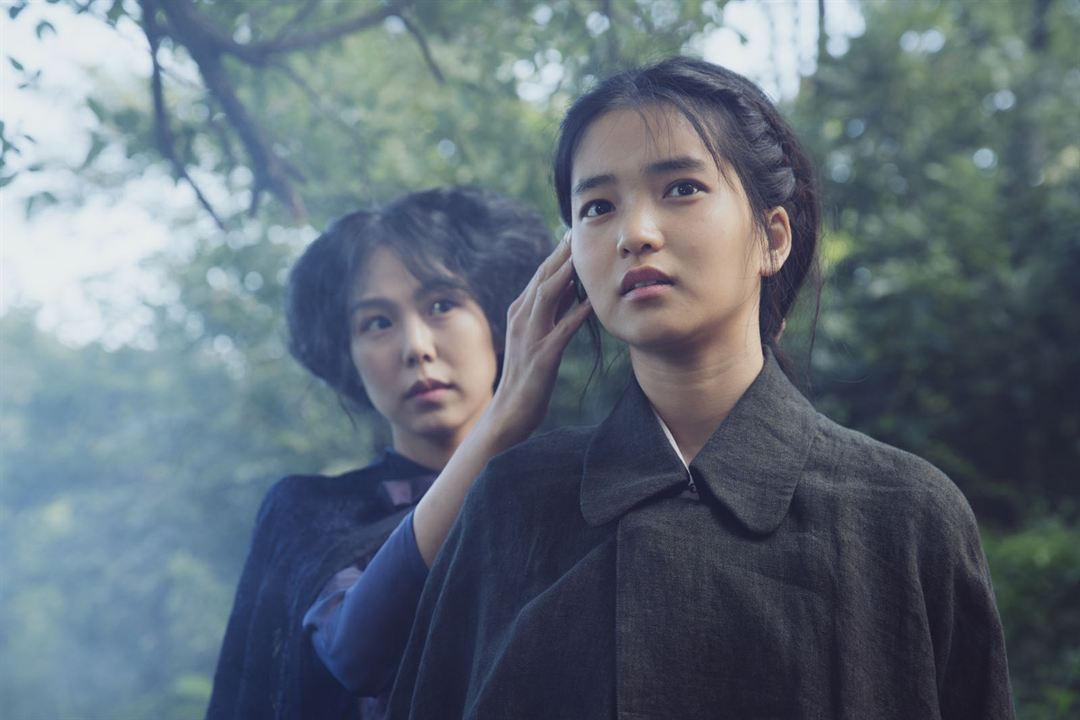
Famous for combining dark subject matter with pitch back humour and some type of social satire, South Korean director Park Chan-wook’s latest film has been proclaimed by many as his best since 2003’s Oldboy. The film is structured in three parts (each with a title card, and each wrong-footing the audience with a different perspective on events), and is about a Korean con man’s plan to hire a woman to defraud a Japanese heiress by disguising her as a handmaiden.
Although much less sexually explicit, it is clear that Hitchcock’s works, from Vertigo to Rebecca, forms a tonal template for Park’s thriller. The psychosexual suspense is lushly staged and beautifully photographed (courtesy of DP Chung Chung-hoon), and is devilishly entertaining. With all this said, the darkly funny social commentary ever present in Park’s other works is not gone. In fact, it forms the meat of what the film is actually about.
An adaption of Sarah Water’s ‘Fingersmith’, the film is set in Japanese-occupied Korea rather than Victorian England, and it uses this setting to explore the modern day relationship between the two countries, criticize power structures in society, reveals the inherent perversion in human minds and most of all, give an empowering message to both women and the LGBT community through the sexually liberating and emotionally tender relationship at the centre of the film.
1. Drive (2011)
vGenres: Art-house drama, B-movie
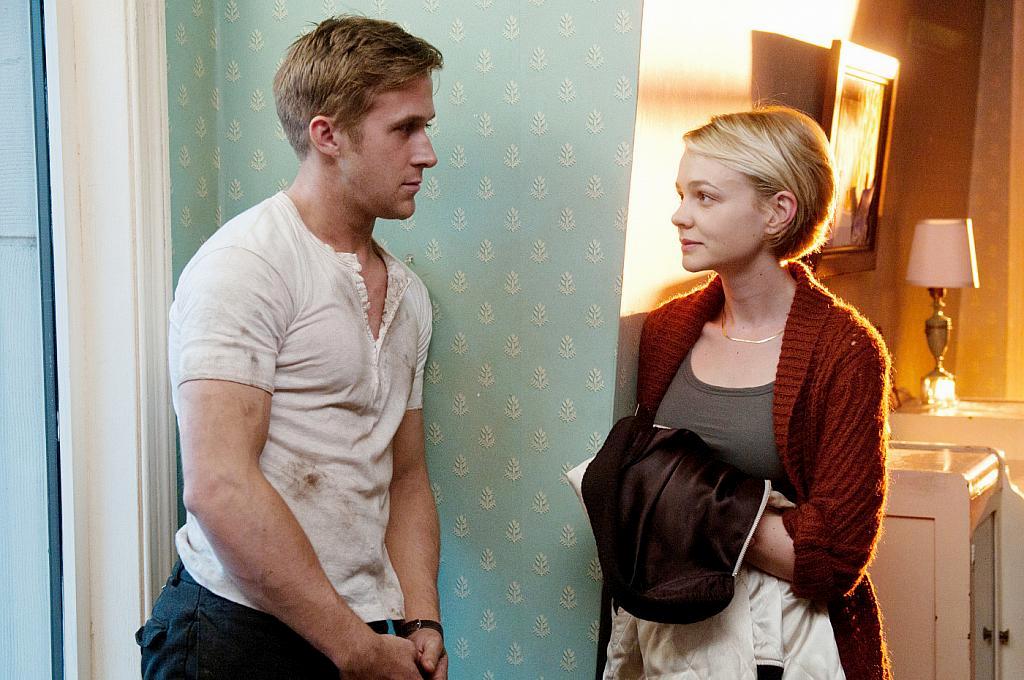
The second time a Refn film appears in the list, Drive is a blending of ‘high and low art’, as the director says himself. Ryan Gosling plays an unnamed getaway driver who must get himself out of trouble and save the girl he loves. Refn says it’s his ‘superhero film’ but it’s really a B-movie with an art-house shell. It’s delicate masculinity covers the entire film and tension is created as you don’t know when the Driver will go bezerk.
The main character is moulded off Walter Hill’s The Driver and Alain Delon in Melville’s Le Samourai. Other tonal and stylistic influences include John Cassevetes’ The Killing of a Chinese Bookie and Hong Kong gangster films. Refn even cites Sixteen Candles as an influence on the romance. He says “The fantasy of love; the teenage view of love as this uncomplicated pleasure.”
Drive delivers on both ends; it’s a hugely entertaining, pulpy ride that does indeed have B-movie thrillers. Yet it also has quiet moments of contemplation a deed sense of personal connection to Gosling’s Driver. The film won Best Director at Cannes.
Author Bio: Kevin Ding is a young film student in Brisbane who has had experience with writing, cinematography and directing of short films. He has an interest in film criticism, and aspires one day to work in the film industry professionally.